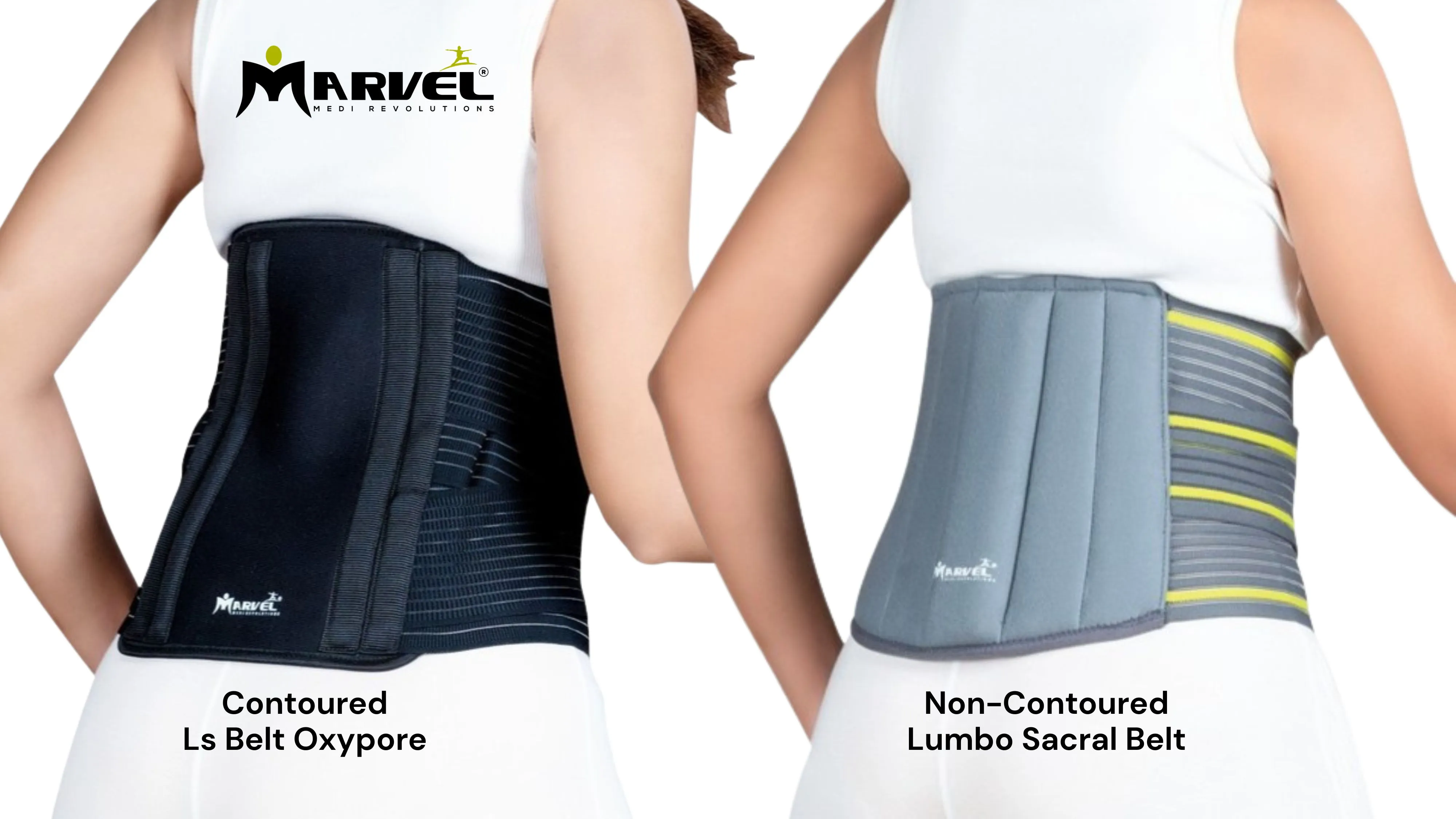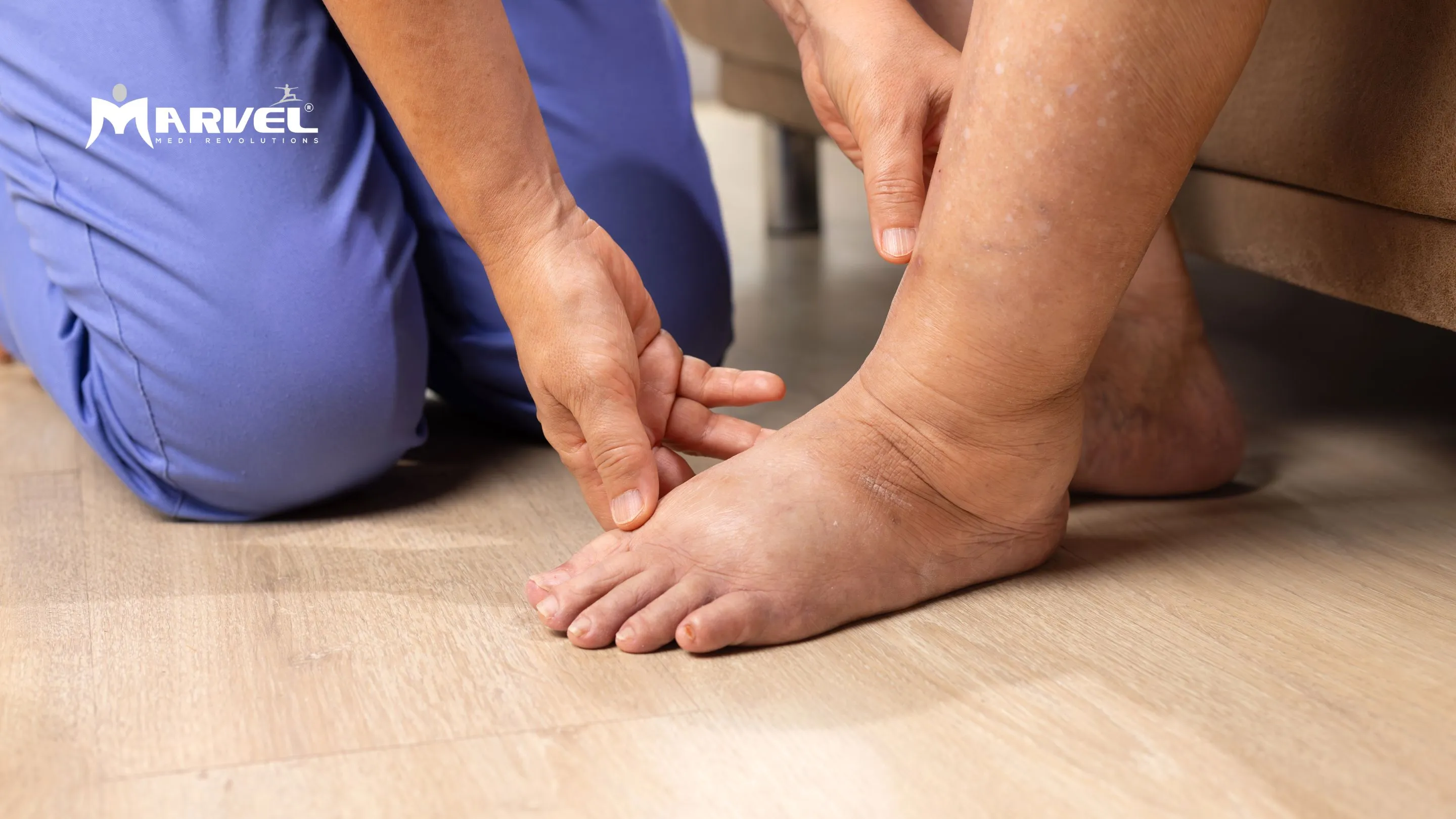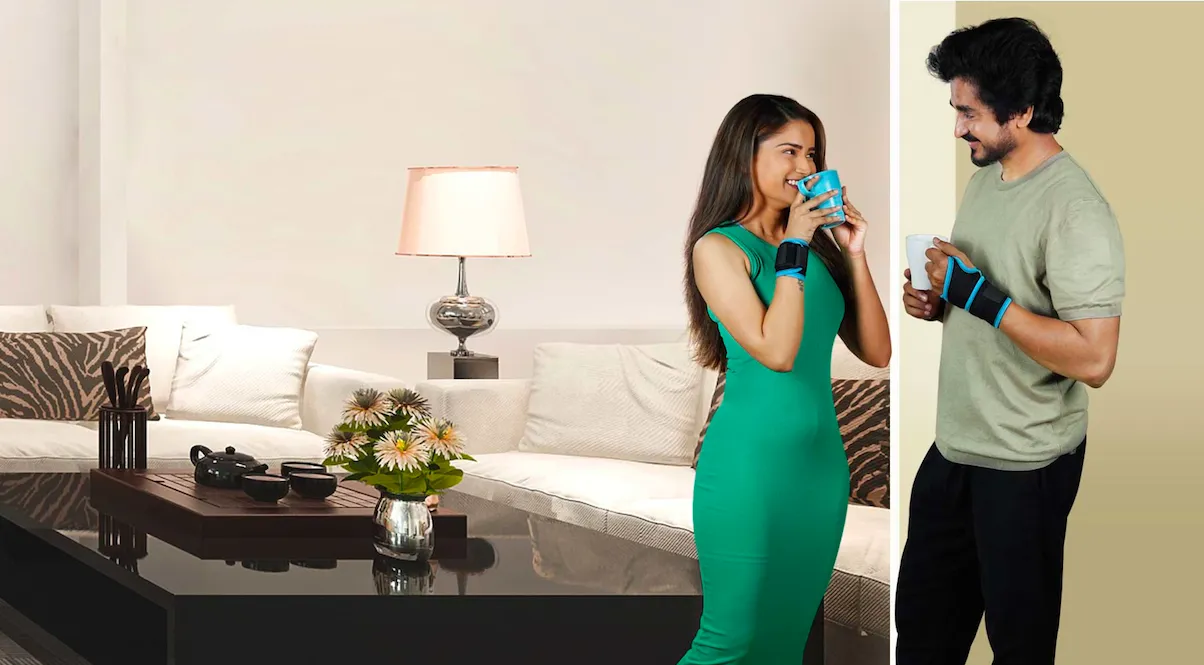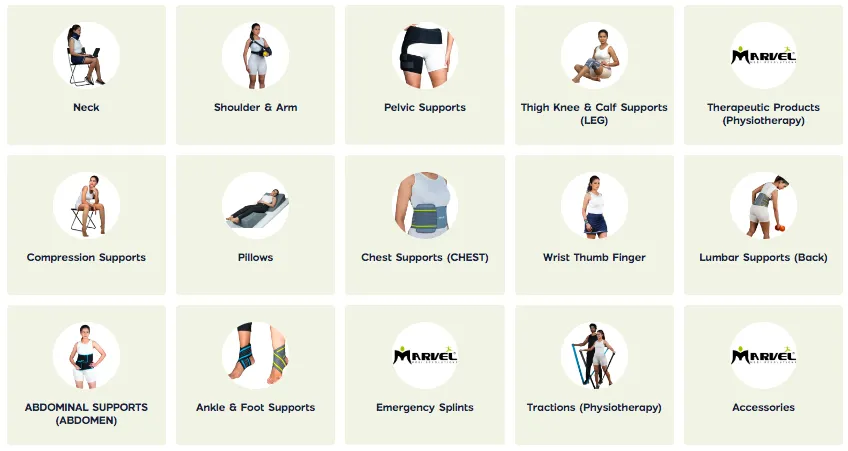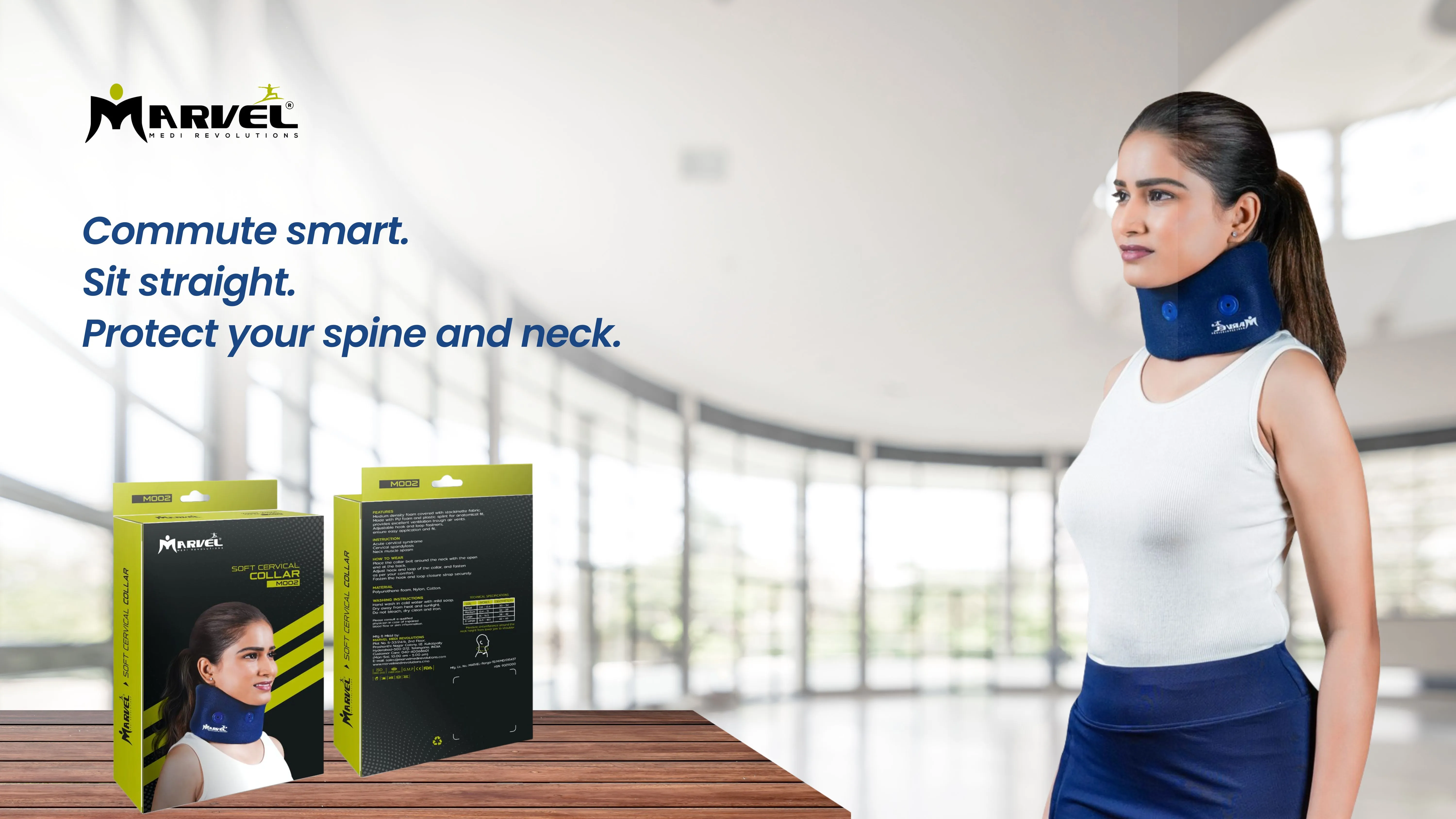In the field of physiotherapy and rehabilitation, choosing the right orthopaedic support is far from a trivial decision. Each patient has unique needs, and an incorrect selection can slow recovery or even worsen the condition. As healthcare professionals, it is our duty to provide tailored, effective, and safe solutions.
This article is designed to guide you - whether you are a physiotherapist or rehabilitation specialist - in making informed decisions when selecting orthopaedic supports such as knee braces, lumbar belts, wrist splints, or ankle supports. We’ll review the key criteria: type of injury, patient age, and mobility level. Our aim is educational and trust-building: not to sell, but to guide.
1. Understanding the Purpose of Orthopaedic Supports
Orthopaedic supports are designed to stabilise, protect, or align an injured joint or body segment. When used correctly, they can:
- Reduce pain
- Decrease inflammation
- Facilitate controlled movement
- Prevent relapses or new injuries
Not all patients need the same type of support, and not all injuries are treated the same. That’s why individualized assessment is crucial.
2. Common Types of Orthopaedic Supports and Their Uses
a) Knee Braces: Recommended for sprains, ligament instability, or osteoarthritis. They come in different compression levels and structures:
- Light compression: ideal for mild pain and prevention.
- With lateral stabilisers: for moderate support in ligament injuries.
- Hinged braces: used after surgeries or severe injuries.
b) Lumbar Belts: Indicated for lower back pain, herniated discs, or heavy-lifting professions. They are classified as:
- Soft or elastic belts: for preventive use or mild discomfort.
- Rigid belts with stays: for complex injuries or post-operative recovery.
c) Wrist Supports: Used in cases of tendinitis, carpal tunnel syndrome, or fractures. Some models include splints for immobilisation.
d) Ankle Supports: Commonly used for sprains, chronic instability, or athletic activities. Their rigidity varies depending on injury severity.
3. Key Criteria for Choosing the Right Support
a) Type of Injury: Always start with a medical diagnosis. From there, select the support based on the following goals:
- Immobilize, if necessary
- Compress, to reduce swelling
- Stabilize, to prevent relapse
b) Patient Age
- Children and adolescents: need lighter and more flexible supports adapted to their growth.
- Older adults: prioritize comfort, ease of use, and hypoallergenic materials.
c) Mobility Level
- Active patients: need supports that allow functional movement without sacrificing stability.
- Patients with reduced mobility: may benefit from more secure, easy-to-adjust models.
4. Materials and Comfort: Key Factors
A good orthopaedic support should combine function and comfort. Make sure the product:
- Allows proper ventilation
- Does not cause irritation or allergies
- Is easy to put on and remove, especially for elderly or limited-mobility patients
- Has Velcro or adjustable closures for a secure fit
Neoprene is the most common material, known for its elasticity and thermal retention, though lighter, breathable fabrics and plastic composites are also used for immobilisation.
5. Practical Cases to Illustrate Support Selection
Case 1: Adult patient with mild knee osteoarthritis Recommendation: Light compression knee brace with medial support.
Case 2: Teenager with grade II ankle sprain Recommendation: Stabilising ankle brace with X-strap and lateral support.
Case 3: Elderly woman with chronic lower back pain Recommendation: Soft lumbar belt, easy to adjust, breathable fabric.
Case 4: Worker with wrist tendinitis Recommendation: Wrist brace with removable splint, for night and daytime use.
6. Common Myths About Orthopaedic Supports
“They weaken muscles.” Not true. When used under professional supervision and with clear therapeutic goals, supports aid in recovery without replacing muscular activity.
“Any support works for any injury.” False. The choice must be personalized. Improper use can worsen the condition.
“The stiffer, the better.” Not always. Excessive rigidity may limit functional movement and delay rehabilitation.
7. Final Recommendations
- Always pair the support selection with a full functional assessment.
- Educate the patient on proper use: when to wear it, for how long, and when to remove it.
- Monitor progress regularly and adjust the treatment as needed.
Orthopaedic supports are not a magical fix but a tool that, when used properly, enhances the therapeutic process.
Conclusion
Choosing the right orthopaedic support requires more than just product knowledge - it requires patient insight. Their age, lifestyle, diagnosis, and recovery goals should guide your decision. As a physiotherapist or rehabilitation professional, you are in a privileged position to guide this process with both clinical expertise and human understanding.



